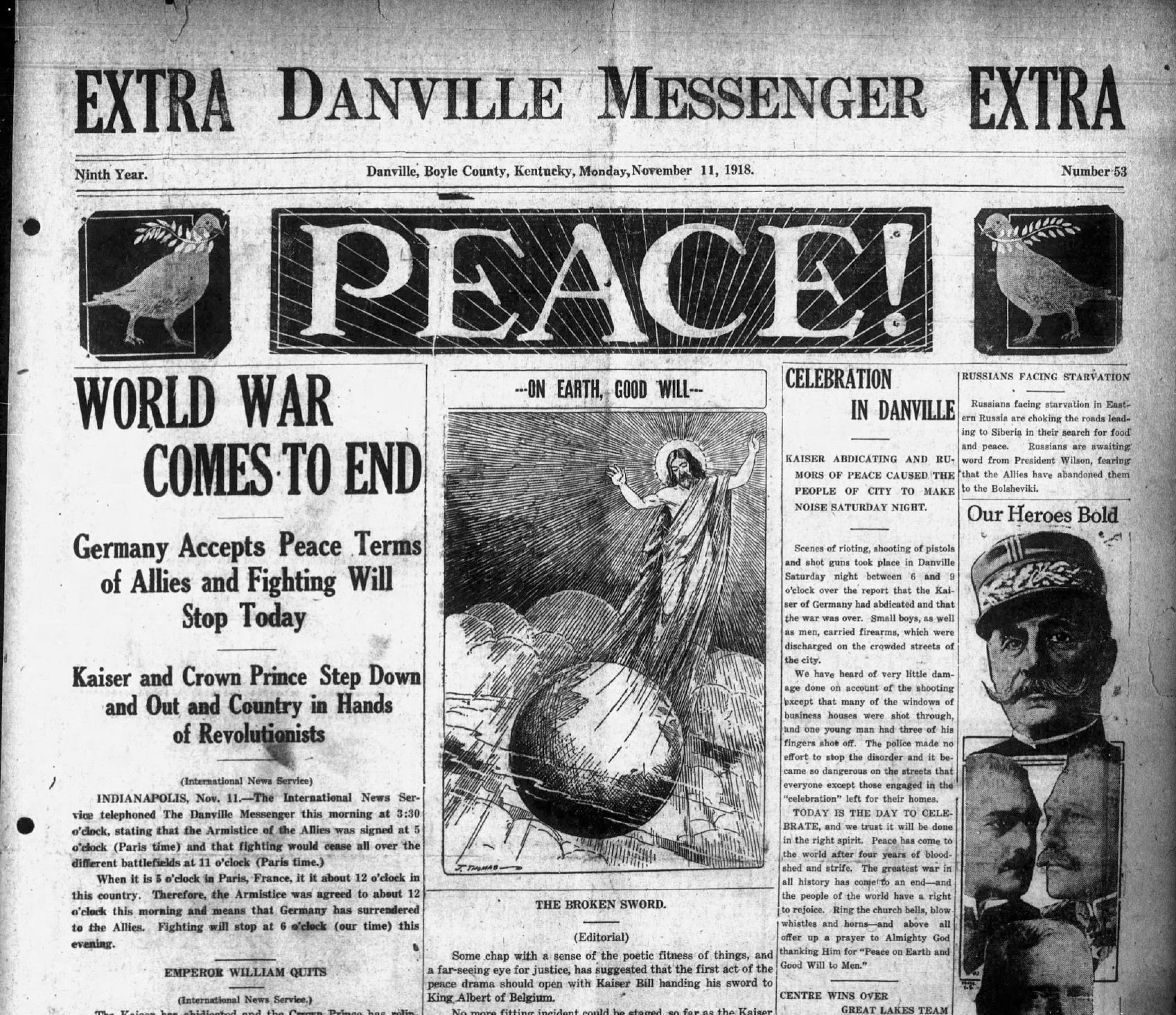Ag Notes: Stockpiling grasses for fall and winter pasture
Published 8:14 am Tuesday, July 25, 2017
BY JERRY LITTLE
Now is the time to begin thinking about stockpiling cool-season grass pastures. You can take advantage of good growing conditions to obtain high-quality pasture for late fall and early winter grazing. Stockpiling helps broaden the pasture season for the cow herd, reduces feed and labor costs by lowering the amount of hay needed, and provides an ideal location for the beef cow herd to winter and calve.
It’s really easy to begin to stockpile. Simply take cattle off pastures the first part of August, apply nitrogen fertilizer, and allow grass to accumulate growth until November or December. Then, put cattle on the pasture one section at a time until they’ve finished grazing the whole field.
Remember to take soil samples for analyses to determine pasture requirements for fertilizer and lime. You’ll need this information to renovate with clover in the spring.
There are a number of forages you can feed during the stockpiling period from now until early November. These include sorghum-sudan hybrids, sudangrass, and grass-legumes.
Tall fescue and Kentucky bluegrass are the best grasses to stockpile in Kentucky. Both retain green color and forage quality late into winter, are somewhat resistant to low temperatures and form a good sod. Tall fescue produces more fall and winter growth than Kentucky bluegrass.
Nitrogen and moisture are critical to successfully stockpiling grasses.
Apply nitrogen the first of August. Topdress at the rate of 40 to 60 pounds of actual nitrogen per acre for Kentucky bluegrass. Use 40 to 80 pounds of actual nitrogen per acre on tall fescue.
Numerous studies have shown that wise fertilizer use and timing produces high production during fall and early winter. In fact, tall fescue crude protein and digestibility are better during fall and early winter than any other time of the year.
Yields can be very good when water is available during the stockpiling period. Tall fescue can produce two tons of dry matter up to late November. With adequate water producers can achieve 25 pounds of dry matter for each pound of nitrogen used.
After frost, let cattle graze grass-legume fields quickly before plants deteriorate. Then, put animals on the stockpiled grass fields. For the most efficient use of stockpiled fields, establish a strip grazing system by using a temporary electric fence to section off areas of the field. The first grazing area should have water and mineral sources. When animals have grazed this area, move the fence to open a new strip. Repeat this process until the entire field has been grazed.
Stockpiled grass is an excellent choice for fall-calving cows because it can be used to meet high nutritional needs after calving and during the breeding season. Grazing stockpiled grasses may offer the most benefit to spring-calving cows in thin body condition during the fall. Growing, weaned cattle can be grazed on stockpiled fescue. Using stockpiled grasses helps lower feed costs when backgrounding cattle.
For more information, contact your Boyle County Cooperative Extension Service.
Educational programs of the Kentucky Cooperative Extension Service serve all people regardless of economic or social status and will not discriminate on the basis of race, color, ethnic origin, national origin, creed, religion, political belief, sex, sexual orientation, gender identity, gender expression, pregnancy, marital status, genetic information, age, veteran status, or physical or mental disability. University of Kentucky, Kentucky State University, U.S. Department of Agriculture, and Kentucky Counties, Cooperating.
Jerry Little, County Extension Agent for Agriculture/Natural Resources






